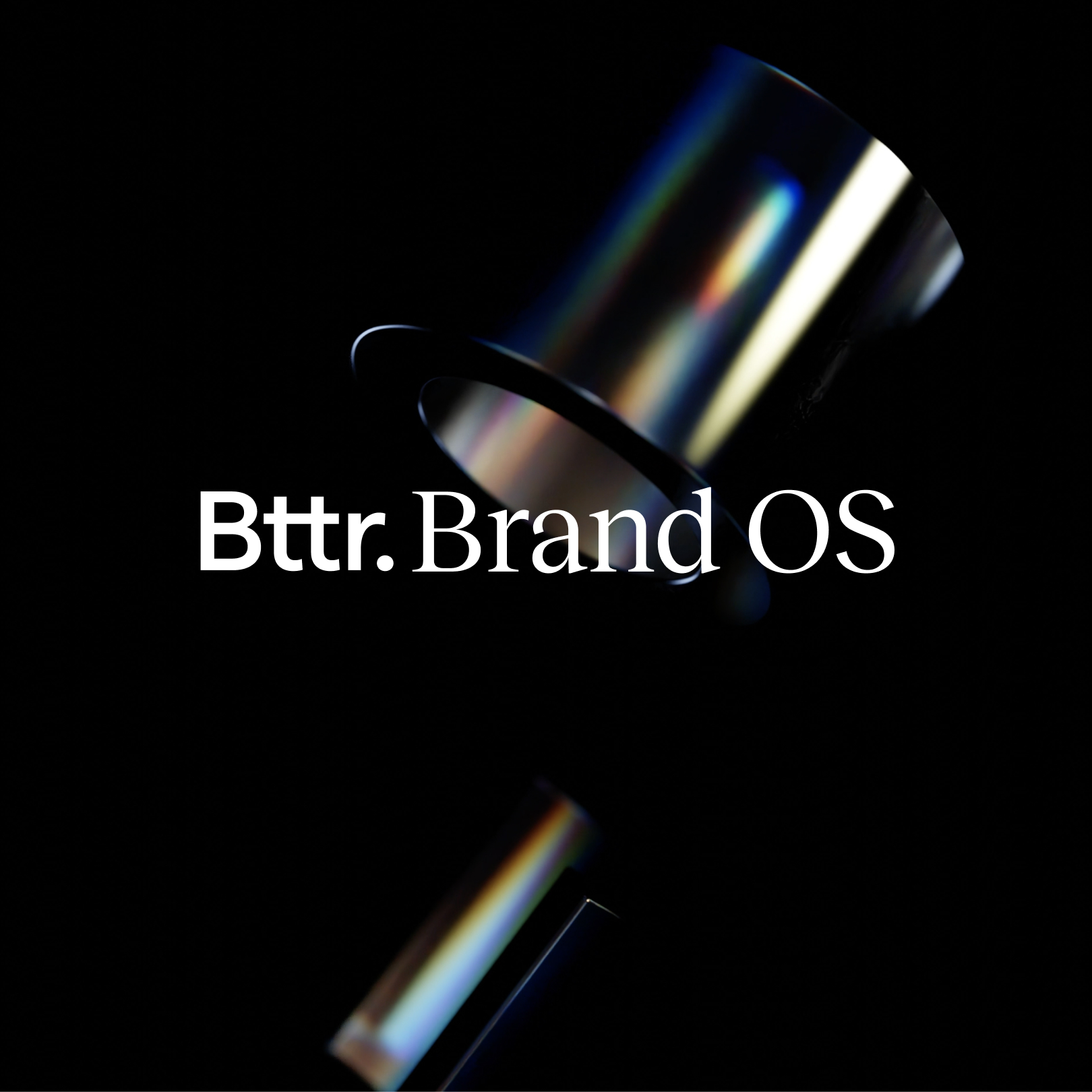Interface Loyalty: The New Brand Loyalty
As our digital age matures, so do our methods of assessing and measuring loyalty. Gone are the days when simply associating with a brand was enough to ensure a consumer’s trust and repeat business. Today, with the proliferation of digital platforms and services, a new kind of loyalty has emerged — one that centers around the user interface. This is “interface loyalty”, and it’s proving to be a formidable contender to the traditional concept of brand loyalty.
Understanding Interface Loyalty
Interface loyalty is the preference or adherence of a user to a particular digital interface, primarily due to its ease of use, design aesthetics, functionality, and overall user experience. This loyalty can manifest across various platforms – be it a mobile app, website, software, or even a digital device’s operating system.
Here’s a simple example: Imagine two e-commerce platforms offering the same products at similar prices, but one has a more intuitive, faster, and user-friendly app than the other. Given the choice, most users will consistently choose the platform with the superior interface, even if they have no significant emotional connection to the brand itself.
Why is Interface Loyalty Rising in Importance?
Immediate Gratification: The digital age thrives on immediacy. When users find an interface that allows them to achieve their goals quickly and easily, they are likely to stick with it.
Digital Proliferation: With an increasing number of brands moving online, and with the availability of numerous apps for similar services, the user experience offered by the interface becomes a critical differentiator.
Reduced Cognitive Load: A good interface reduces the mental effort required to use a platform. Interfaces that are confusing or cluttered can be a major turn-off for users.
Personalization: Modern interfaces adapt to individual user behaviors, making the experience feel more tailored and personal, thereby increasing the chances of user retention.
How Interface Loyalty Challenges Traditional Brand Loyalty
Shift in Priorities: Earlier, a brand’s legacy or its emotional appeal could drive loyalty. Today, while these factors still matter, the immediate user experience takes precedence for many consumers.
Fickle User Base: With so many options at their fingertips, users today are less forgiving. A single negative experience can drive them to a competitor with a better interface.
Rising User Expectations: As technology advances and as users get exposed to superior interfaces, their expectations rise. Brands that fail to evolve their interfaces risk becoming obsolete.
Conclusion: The Harmonious Merge of Both Loyalties
While interface loyalty is a rising star in the digital age, it does not imply the demise of traditional brand loyalty. Instead, the two can coexist and even amplify each other. Brands that offer an excellent user interface while also maintaining strong traditional branding elements (such as quality, trustworthiness, and emotional connection) stand to gain the most in today’s competitive landscape.
In essence, while brand loyalty pulls at the heartstrings, interface loyalty appeals to the practical, everyday experiences of the user. In the modern era, businesses need to prioritize both to ensure sustained growth and customer retention.




